In 2013, the Energy Education & Workforce Development team worked with schools, non-profits, and non-governmental organizations to inspire students to understand energy's role in their lives and the world. View a photo gallery of some of the highlights...
Office of Critical Minerals and Energy Innovation
December 18, 2013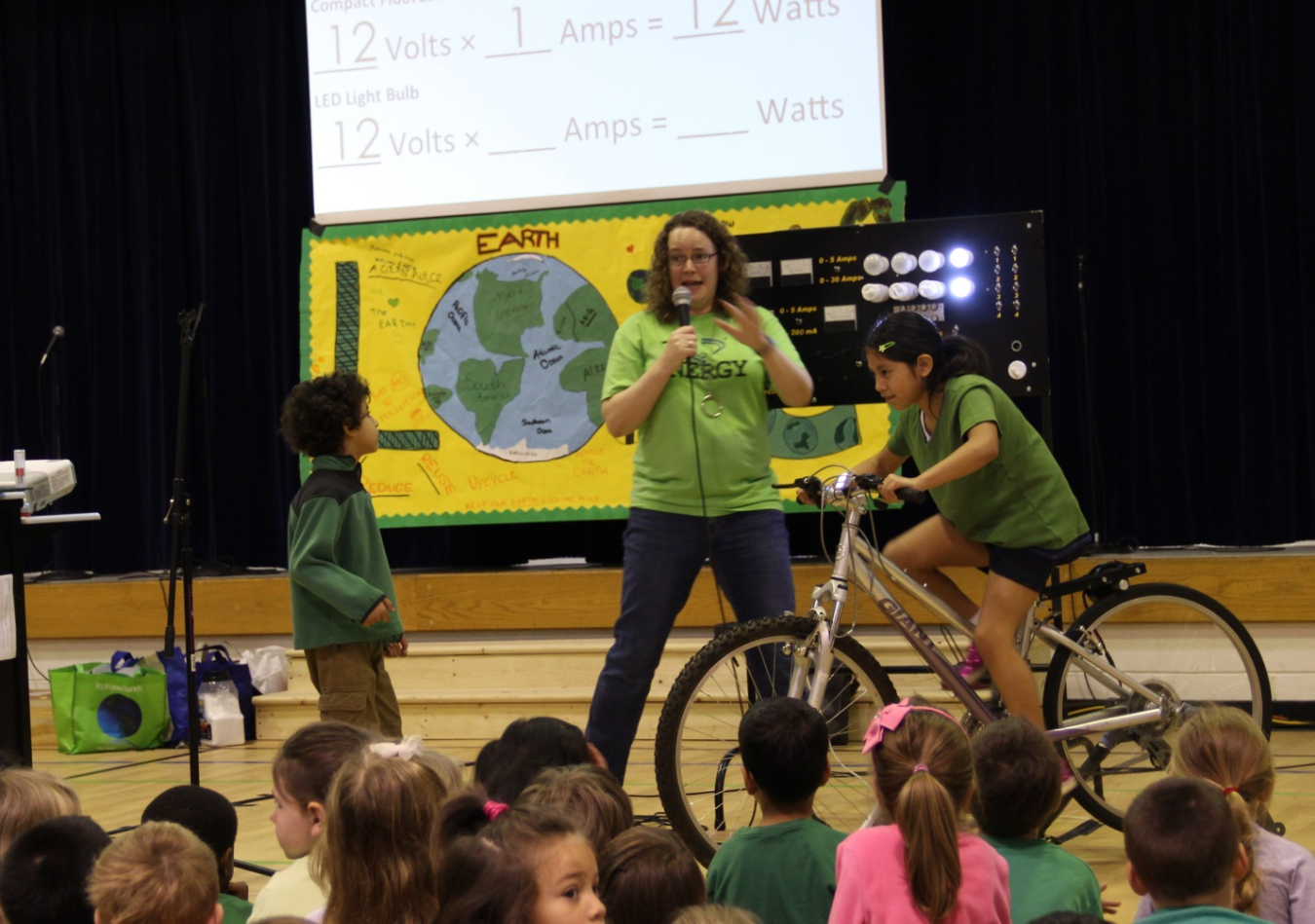
In celebration of Earth Day in April, elementary school students at Churchill Road Elementary School in McLean, Virginia, learned about energy literacy by riding the Energy Department’s energy bike. The bike enabled students to pedal for power and experience the difference in physical effort necessary to power incandescent, compact fluorescent, and LED lighting. This lesson highlighted Energy Principle 4, which states that various sources of energy can be used to power human activities, and often this energy must be transferred from source to destination. <a href="http://www.energyliteracyprinciples.org/">Check out energyliteracyprinciples.org</a> for more Energy Literacy lessons and activities. | <em>Photo courtesy of Churchill Road Elementary School </em>
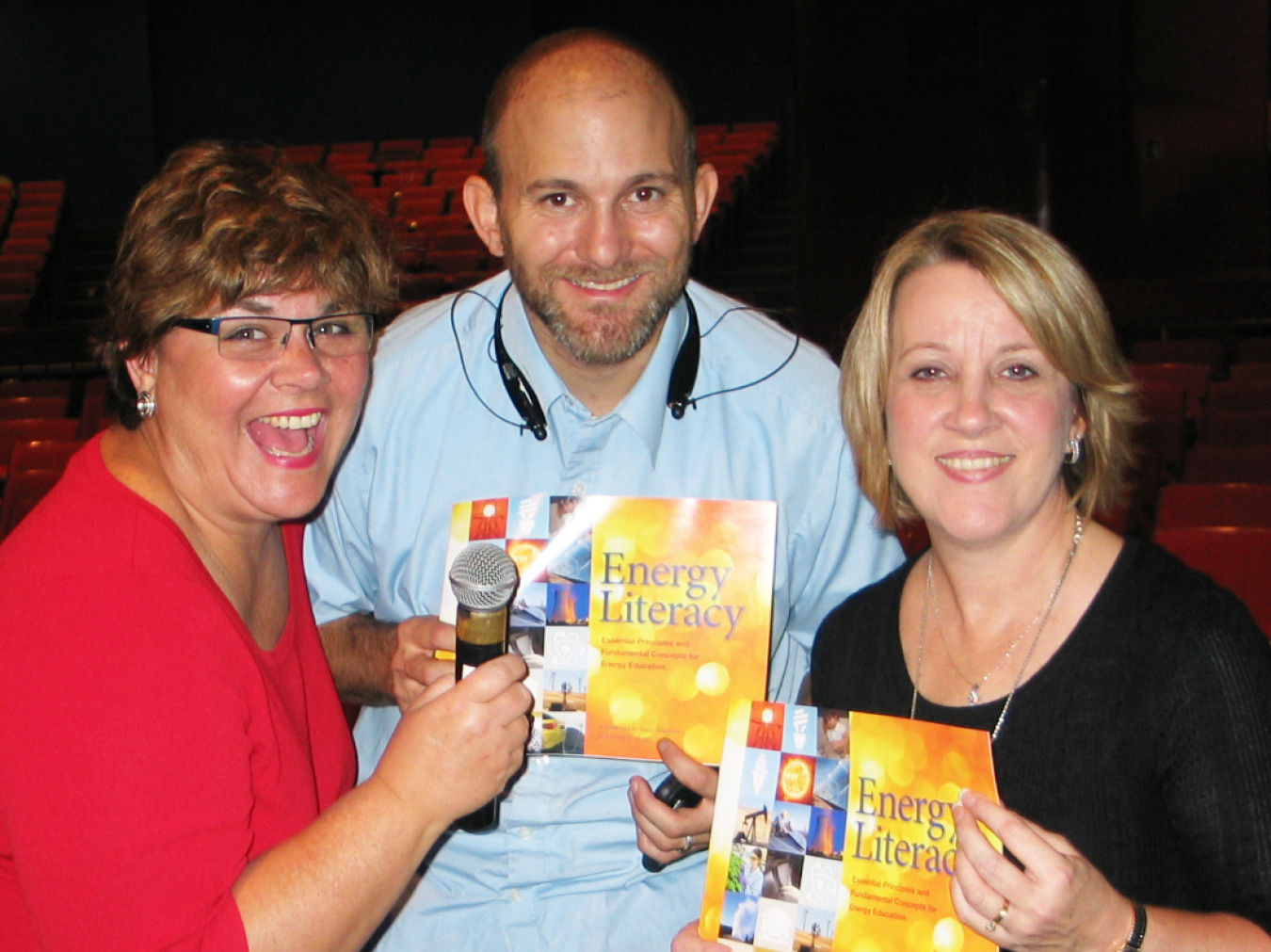
In October, more than 300 sixth graders at Old Mill Middle School North, in Millersville, Maryland, participated in labs and activities that enabled them to explore the world of renewable energy. Makeshift laboratories allowed students to examine light bulbs, evaluate wind turbines, and create geothermal turbines driven by steam from a tea kettle. Each lab incorporated at least one of the seven Energy Literacy principles, and spotlighted several energy concepts including physical science, engineering, and policy. Create your own labs and explore science with the <a href="http://www1.eere.energy.gov/education/images/energy_lit_large_1.jpg">En… Literacy principles.</a> | <em>Sharon Cosgrove (from left) and Josh Sneideman join science teacher Christie McConnon at Old Mill Middle School North in Millersville, Maryland, during an Energy Literacy event in October. Photo courtesy of Old Mill Middle School North</em>
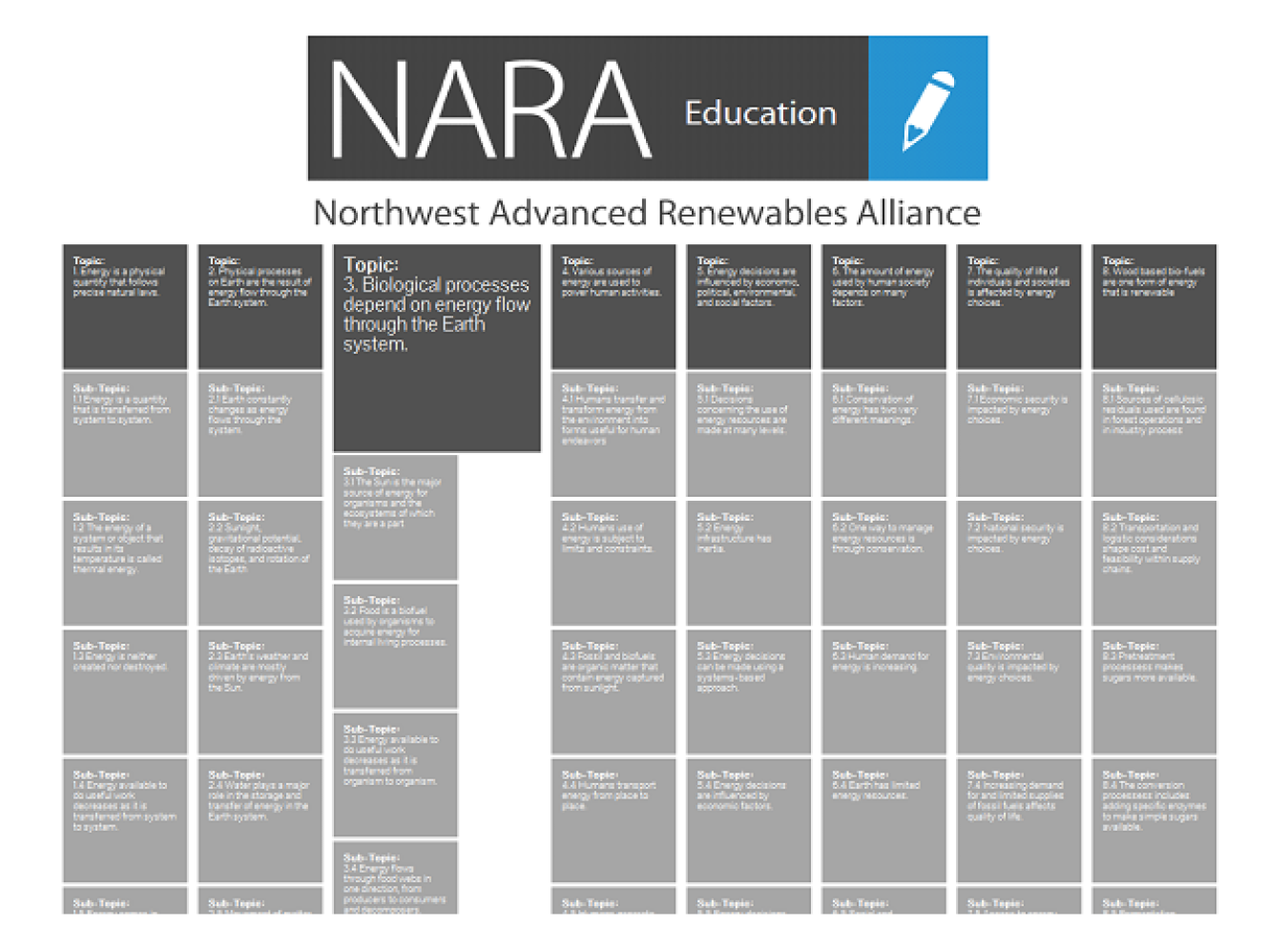
Need a video, picture, lesson plan, online or in-class digital activity, dataset, or module related to the Energy Literacy Principles? <a href="http://energyliteracyprinciples.org/">Check out energyliteracyprinciples.org</a>, a new interactive search tool developed by the Northwest Advanced Renewables Alliance (NARA). The platform allows users to search for resources that align with any and all of the Energy Literacy Principles. With nine resource types available, this is a quick and easy way for educators to incorporate energy concepts into their lesson plans. It allows teachers to search by energy literacy principle or concept, grade or by topic area. | <em>Snapshot from <a href="http://energyliteracyprinciples.org/">energyliteracyprinciples.org</a><…;
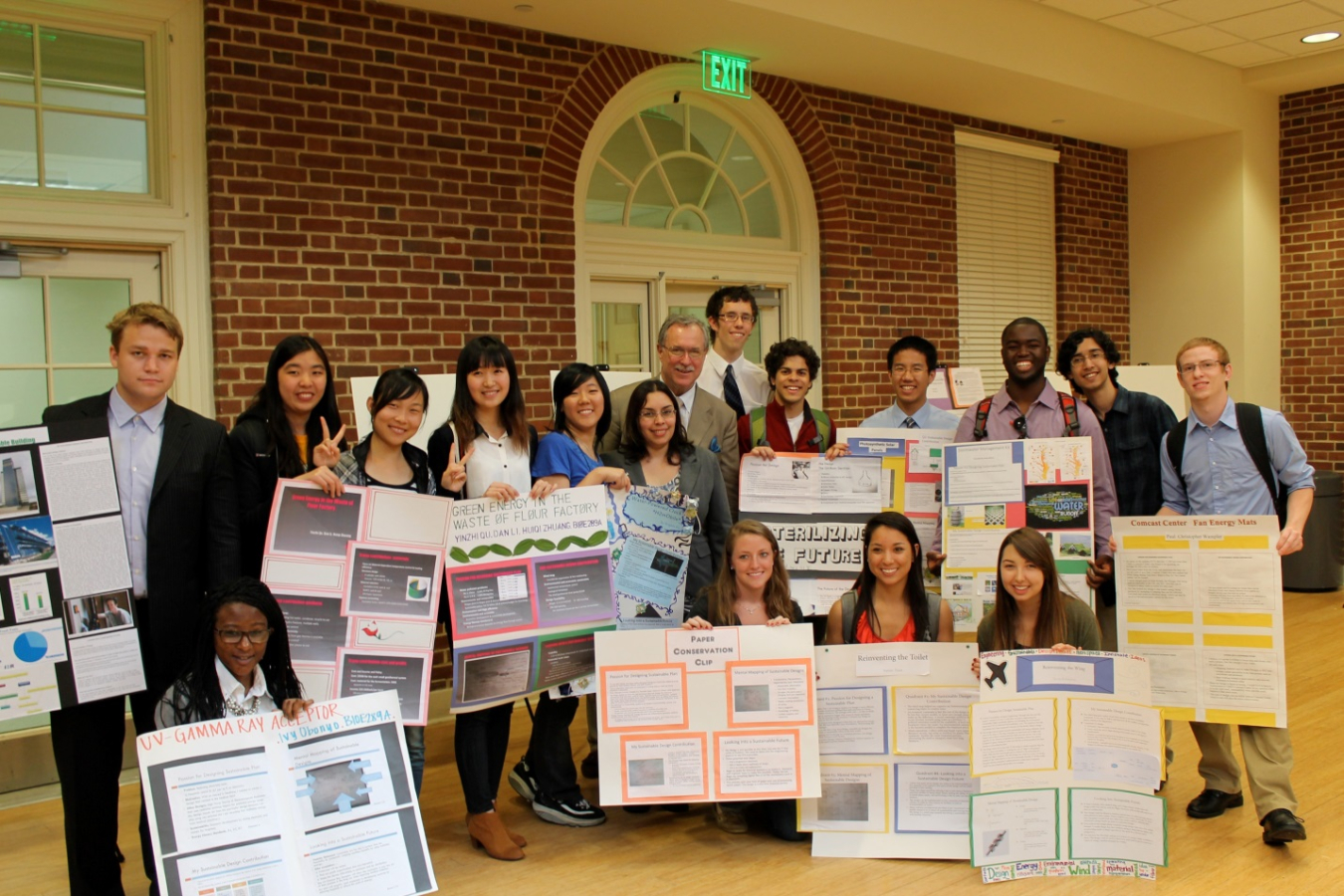
Students from the University of Maryland's "Designing a Sustainable World" class (Spring 2013), display their end projects. The course used the <a href="http://www1.eere.energy.gov/education/energy_101.html">Energy 101</a>, peer reviewed course framework using the energy literacy principles for higher education. The general education course encouraged students from varying majors to think critically about energy consumption and conservation in their daily lives. More than 90% of the students indicated that the course, which culminated with end-of-semester design projects, helped them understand the complex issues and problems surrounding energy. The University of Maryland hopes to offer future courses that use the Energy Literacy Principles. | <em> Photo courtesy of the University of Maryland </em>
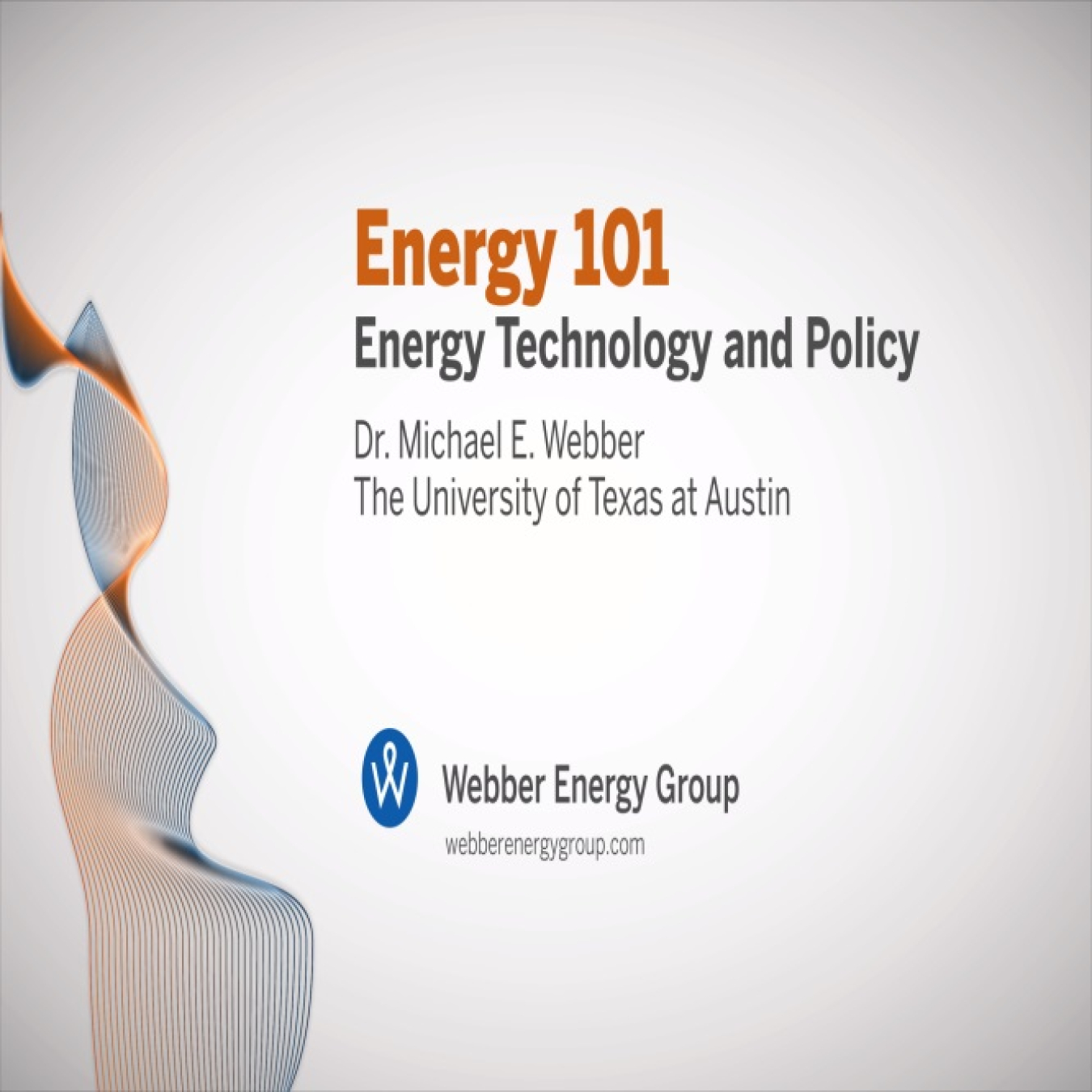
A major higher education energy course aligned with DOE’s Energy Literacy and Energy 101 frameworks just finished up at University of Texas in Austin. More than 44,000 students all from over the world enrolled in "Energy 101: Energy Technology and Policy," and of these students, more than 4,700 earned certificates. The 10-week course, offered on the <a href="https://www.edx.org/">edX.org</a> platform, covered all seven Essential Energy Principles and featured interactive learning exercises, video and article analysis, and energy vocabulary. The course materials will be offered again in March 2014. Visit Energy 101 on Facebook to learn more. | <em>Photo courtesy of Dr. Michael E. Webber </em>

Looking for resources to help energize your school and teach the importance of energy literacy? Check out the <a href="http://cleanet.org/clean/literacy/energy_lit.html">Climate Literacy and Energy Awareness Network (CLEAN) website</a> for explanations on teaching energy and climate, detailing each of the energy literacy principles. The site puts resources at your fingertips and provides expert answers to tough questions like, “Why is Energy Literacy important in the classroom?” and provides resources, tools, and guidance to help educators teach energy and climate topics. Visit <a href="http://cleanet.org/">CLEANet.org</a> the today to get the CLEAN widget and begin searching! | CLEANet.org
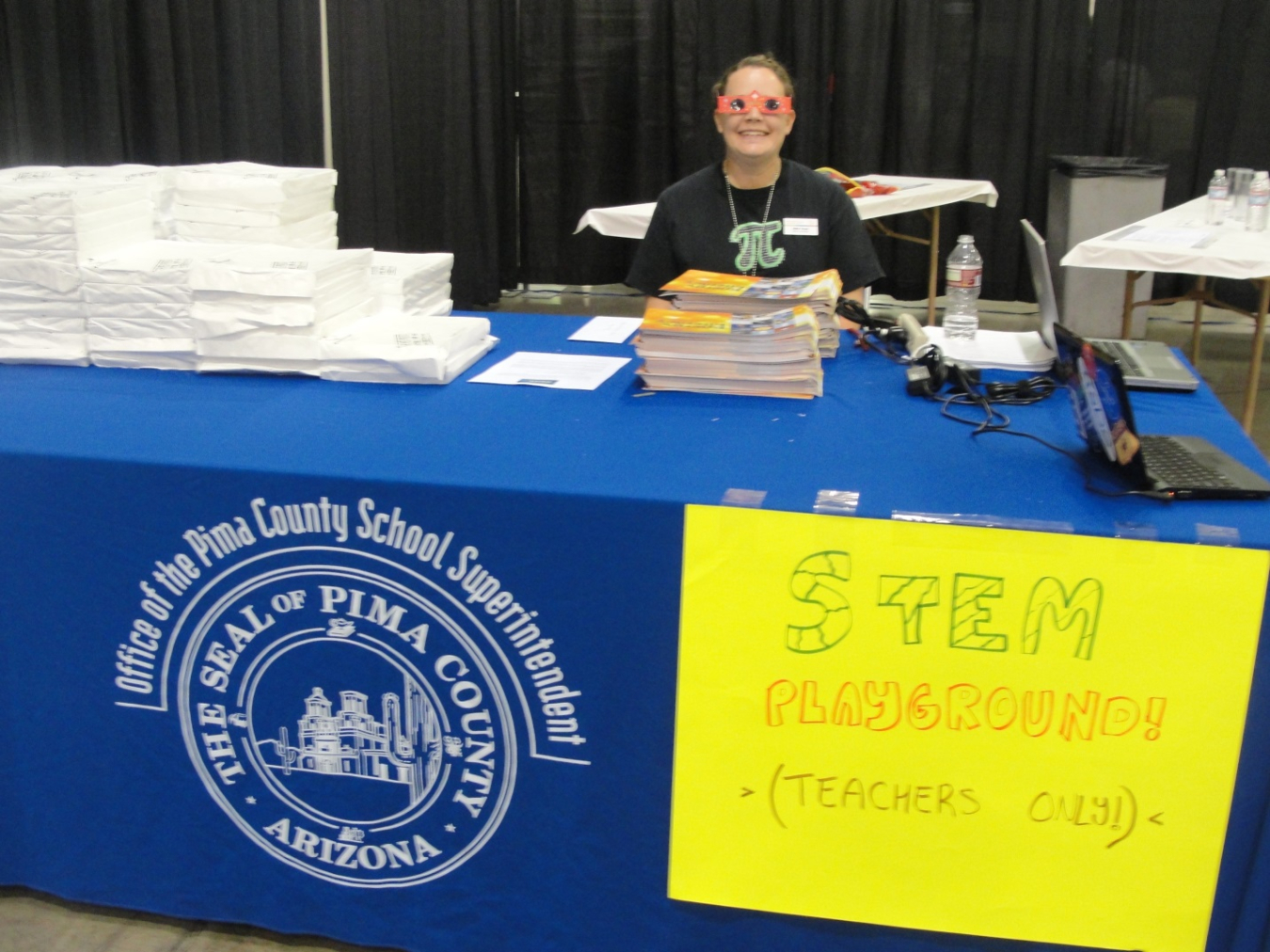
In November, DOE’s DaNel Hogan introduced the Energy Literacy Framework to teachers and science professionals at the Arizona Math, Science & Technology FunFest in Tucson. Teachers were provided with an overview of the framework as well as a copy of the booklet and ideas to engage students in energy literacy education. Event attendees engaged in a STEM playground, exploring activities and lessons that aligned with Energy Literacy Principles. <em>Photo Courtesy of DaNel Hogan</em>
Over the past year, the Energy Department’s (DOE) Energy Education & Workforce Development team has been working with schools, teachers, students, non-profits, and non-governmental organizations to inspire students to understand energy's place in their lives and the world.
Our efforts are grounded in seven Energy Literacy Principles which highlight the interdisciplinary nature of energy, from its physical attributes to its societal impacts.
In 2013, hundreds of new lesson plans, videos, and activities that align with the DOE’s Energy Literacy Framework have been created throughout the country. The photo gallery above highlights just a few key Energy Literacy activities and resources from this year. So take a look at the photo gallery above and learn more about energy education today!
Connect with us
- Tweet about #EnergyLiteracy and #EnergyEducation
- "Like" us on Facebook
- Follow our Energy Pinterest board on Energy Activities for Kids
- Send your photos and ideas for using the Energy Literacy Framework to energyliteracy@ee.doe.gov
- Download the Energy Literacy Framework
- Align your curriculum to the Energy Literacy framework with our tool
- Incorporate the seven Energy Literacy principles into your next energy presentation
WHAT’S AHEAD FOR ENERGY LITERACY IN 2014
- Spanish version of Energy Literacy
- Energy Literacy videos for learning and teaching about energy
- National webinar for educators
- Energy Education Data Jam to address energy literacy needs

